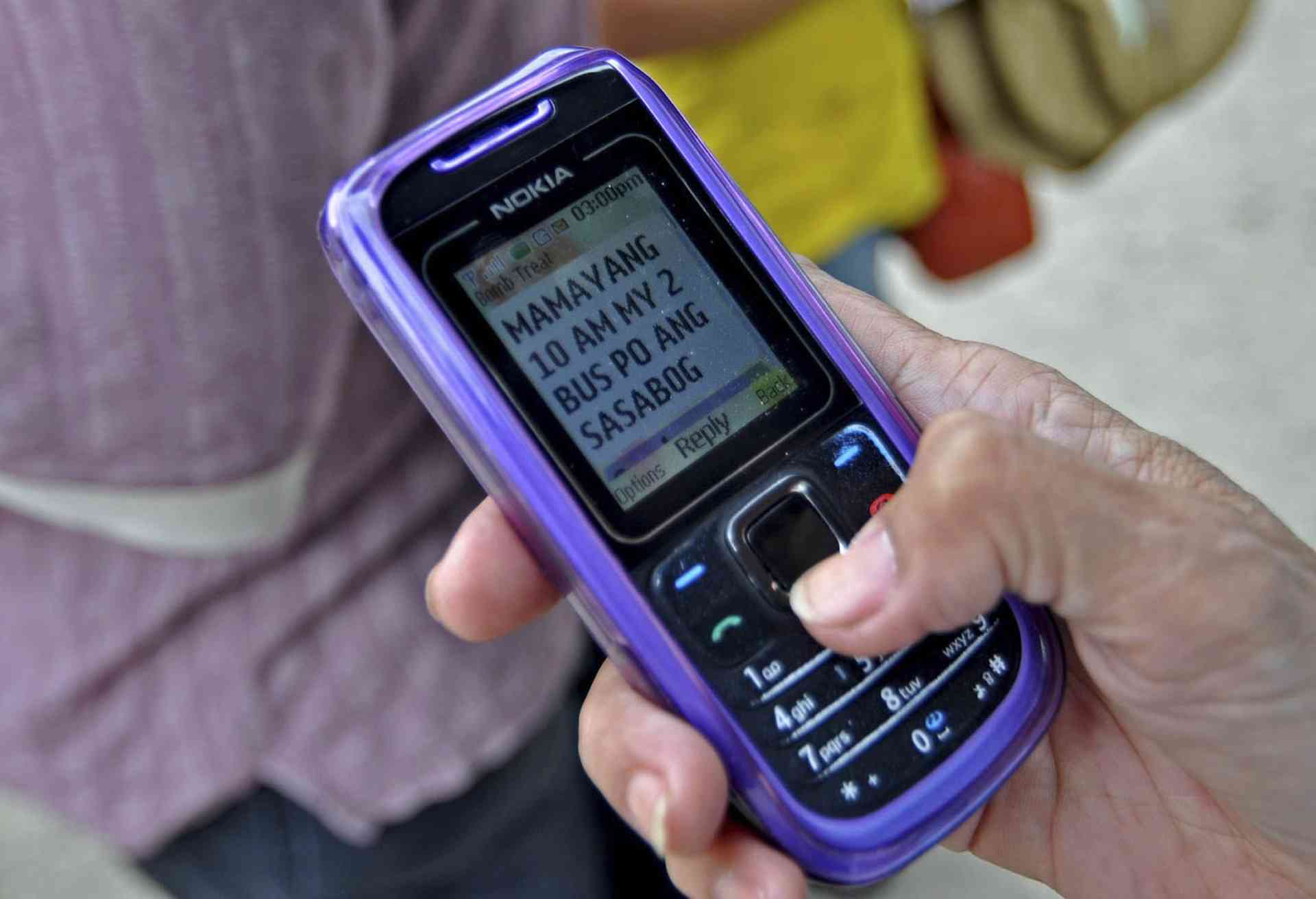ARNEL probably still recalls his father’s face, and the day he brought him and his two younger sisters to the place that was to be their new home.
“Papa brought us here in 2006,” says the 13-year-old in an almost nonchalant tone, betrayed only by listless eyes that gaze away. Against his faded brown shirt, his skin is like luminous copper, so much like his sister’s.
“He went to Manila – he’s a tricycle driver there,” adds 10-year-old Angen more casually, sharing all that she recalls from the year she was 5. They have another sister, doe-eyed Arleen, now 12, who prefers to stay in the sidelines and speaks only when asked. They lost their mother long before their father decided to try his luck in another place. They cannot recall the last time their father visited them here.
“Here” is the shelter ironically and poignantly called Kalinga ng Ama, precisely because Pastor Rolando Santiago and his wife Kathryn, who established it in 2004, “wanted these children to know, understand, and experience the Heavenly Father’s love for His children.”
Located in Bonuan Gueset, barely 10 minutes away from the city proper of Dagupan, Kalinga ng Ama currently serves 42 children – 23 girls and 19 boys – rescued from the streets and slums of the city and neighboring communities. Here they are fed, schooled, taught hygiene, social skills and Christian virtues, as well as proper values.
Unlike Arnel and his sisters, 13-year-old Jordan cannot discuss in detail how he ended up at the shelter. He has a speech disorder. But what Jordan’s vocal organs cannot clearly articulate, his fingers can dexterously express, because at Kalinga ng Ama, the boy’s musical potentials have been drawn and harnessed.
Jordan strums his guitar and begins “Light of the world, You stepped down into darkness…” Soon enough, every other kid within earshot – including pre-schoolers – starts singing with him until a chorus of small voices resonates throughout the hall, “Here I am to worship, here I am to bow down, here I am to say that You’re my God…”
Reveals Maricar Alvarez, one of Kalinga ng Ama’s full time volunteer workers: “We frequently ask Jordan to lead worship during our prayer meetings. He can do it very well despite his condition.” She adds that Jordan, who plays several songs by heart, has been a regular member of the church band. His guitar was a present from donors who happened to hear the boy perform in 2009.
William also received a guitar from the same donors that same year. They were impressed at the way the boy, then 10 years old, played one song after another. William, who used to wander around the city proper, had ochre highlights in his hair when Kalinga ng Ama took him in. Today, only his natural dark brown tresses remain.
Other boys and girls at the shelter similarly play musical instruments. Maricar says that as soon as the children display some interest in an instrument, they are encouraged to develop their musical skill. The shelter’s older kids and church members serve as mentors.
Kalinga ng Ama was inspired by a regular feeding ministry for the street children of Dagupan City, where Pastor Rolando had been involved since college.
“We saw how these children had to fend for themselves for survival, how they were mastering their skills at deceiving, stealing, and selling whatever they had, even their bodies, for a few pesos,” Pastor Roland recalls.
Realizing that they needed to go the extra mile to help the children, the Pastor and his wife Kathryn, a social worker, established Kalinga ng Ama (Father’s love and care) in December of 2004.
Explains Pastor Roland: “These children have been abused and neglected at such a young age that they have no concept of the true love that God our Father has for them, and so our vision is for these precious children to come into a relationship with our Father as their foundation when we rebuild their lives together in Christ Jesus.”
The couple had to walk on tightropes to realize their vision though. Armed with their faith and determination to rescue the children from “breathing the air of destruction, filth and moral degradation,” the Santiagos emptied their personal bank account to open a home for their new sons and daughters.
“Since we started the project on our own, we had no major financial back up and the greatest challenge has always been how to sustain the food, shelter, and all the operational expenses that we need for the shelter,” shares the pastor. The provisions they prayed for eventually came, as donations from friends and church members started coming in.
The children are housed in a single-story building that contains the boys’ and the girls’ quarters. “We sleep on mats,” Angen once mentioned to visitors, who then returned with new beddings that the children received with delight.
Adjacent to the house is the two-classroom school building devoted to teaching preschoolers in the shelter. On the classrooms’ wooden walls, the work of the pupils’ hands are exhibited. Volunteers who serve as house parents also double as teachers in the pre-school.
Some of the older children go to regular school as scholars at the Eagles’ Nest Christian Academy in Sta. Barbara, Pangasinan. According to Pastor Roland, children who do not have sponsors or those who cannot attend regular school because of certain difficulties are tutored through the Alternative Learning System. Once the children are ready, they take the Accreditation and Equivalency Examination offered annually by the Education department so they can qualify for high school or college.
Pastor Ronald and Kathryn, “Itay” and “Inay” to the shelter’s residents, have three biological children, who are also involved in the ministry. Two teenagers are trained as peer counselors, while the youngest, at 6, helps teach English vocabulary to the shelter’s younger kids. Seven full-time volunteers help run the shelter.
“Inay and Itay took care of me, and now it is my turn to give back,” says Maricar, who has served the shelter since its inception. “I decided to stay because I want to help the children. I am happy here.” Her lithe figure can be seen moving about from time to time, fixing a little girl’s hair here or tying a boy’s shoelaces there.
Edralyn Bravo, another volunteer, considers her coming to Kalinga ng Ama providential. Dreaming of landing a job overseas, Edralyn took up a caregiver course in 2008. This led her to an on-the-job training at the shelter, a short stint that made her shelve her plans to go abroad altogether.
“I am doing this as a service to God,” smiles Edralyn, who also uses her degree in Education to the hilt as she serves as classroom teacher at the shelter. “I stayed because I saw the children’s needs and I learned to love them,” she adds.
“If we want to change society, we have to focus on human transformation,” Pastor Roland once challenged some first-time visitors at the shelter. “We may no longer be able to do anything about old people, but we can invest in the children because they are the future leaders.”
For now, the children look forward to a more immediate future. They have just come from the quadrangle for interaction with visitors, always a welcome event for them – a chance for the little ones to show-off their newly-learned dance steps and sing-song rhymes, and for teens to sing their hearts out on the latest hits, or simply sit with strangers and talk about life.
Orphaned or abandoned by their biological parents to Kalinga ng Ama, these children have grown from toddlers to teens with no parents around to watch, much less applaud, them. So always, their plaintive parting words as guests prepare to leave are: “When are you coming back?” •










































